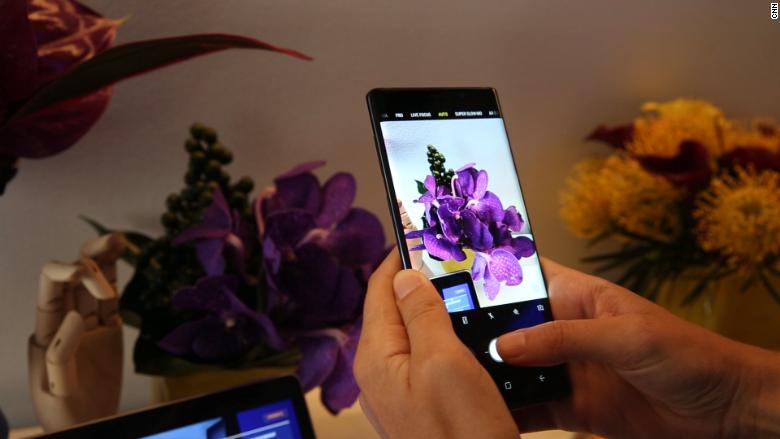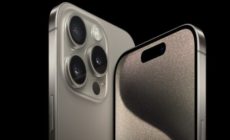Samsung Galaxy Note 9 alerts users to bad photos
- Posted on
- Comment
Samsung’s new high-end smartphone alerts owners to problems with their photos as soon as they are snapped.
The Galaxy Note 9 uses software to identify if the images are blurry or whether the subject is blinking, among other issues.
The innovation is one of several artificial intelligence-enhanced abilities the handset offers that do not rely on remote computer servers.
Analysts say this should help tackle increasing competition from Huawei.
The Chinese rival made much of its own flagship phone’s machine learning abilities when it launched in March.
The Note 9’s other new features include a stylus that wirelessly communicates with the phone to act as a remote control. Its display and battery are also bigger than earlier models.
It goes on sale on 24 August.
The basic model will cost £899, while a version with more storage and memory will be £1,099.
The New York launch comes just over a week after Samsung revealed that sales of its other high-end smartphone – the Galaxy S9 – had disappointed.
It acknowledged at the time that the Note 9’s release had been brought forward as a consequence.
“Samsung will be mindful to criticism that the S9 offered iterative improvements to the S8,” commented Shaun Collins, chief executive of the CCS Insight consultancy.
“For existing Note users – who are fiercely loyal to the devices – the upgrades will be seen as compelling.
“But the jury is still out on whether people considering an alternative product, such as the iPhone or P20 Pro, will feel this is different enough to bring them across.”
Samsung also revealed that a tie-up with games developer Epic meant that existing Galaxy phones are the first Android devices to get access to the hit game Fortnite.
They can download a beta version of the game now ahead of it rolling out to other devices later this week.
A Galaxy Home smart speaker powered by the firm’s virtual assistant Bixby was also unveiled, in addition to a 4G-enabled smartwatch powered by the firm’s Tizen operating system.
Samsung has shipped nearly 143 million Galaxy Note handsets since the product line launched in 2011, according to market research firm IDC.
That represents about 7% of all the smartphones it has delivered over the period, but their premium prices mean they have accounted for 10% of revenues.
Source: BBC











 (Selorm) |
(Selorm) |  (Nana Kwesi)
(Nana Kwesi)